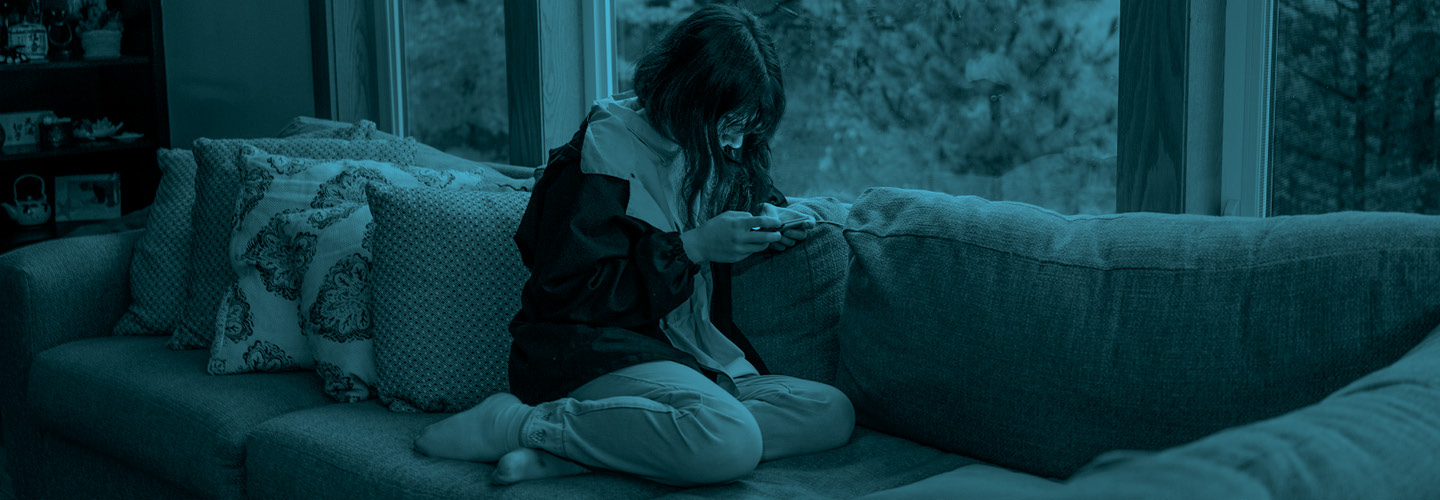Sophie Araque-Liu knows what it feels like to struggle. Like many teens, the 17-year-old from Stuart, Florida, attended school remotely during the pandemic and was unable to see her friends in person. Talking to people made her really nervous, and she was constantly stressed about grades and trying to be perfect. She felt isolated and alone.
“I was kind of embarrassed to reach out and tell people what I was going through,” she recalls.
Sophie’s story isn’t unusual. The number of kids and teens struggling with anxiety, depression, and other mental health issues has spiked in recent years. Last year, U.S. Surgeon General Vivek Murthy warned of a “devastating” mental health crisis among adolescents.
“The future well-being of our country depends on how we support and invest in the next generation,” he says.
American adolescence is undergoing a drastic change. Three decades ago, the gravest public health threats to teenagers in the United States came from binge drinking, drunk driving, teen pregnancy, and smoking. These have fallen sharply, replaced by a new public health concern: soaring rates of mental health disorders.
Sophie Araque-Liu knows what it feels like to struggle. Like many teens, the 17-year-old from Stuart, Florida, attended school remotely during the pandemic and was unable to see her friends in person. Talking to people made her really nervous. She also was constantly stressed about grades and trying to be perfect. She felt isolated and alone.
“I was kind of embarrassed to reach out and tell people what I was going through,” she recalls.
Sophie’s story isn’t unusual. The number of kids and teens struggling with anxiety, depression, and other mental health issues has spiked in recent years. Last year, U.S. Surgeon General Vivek Murthy warned of a “devastating” mental health crisis among American youth.
“The future well-being of our country depends on how we support and invest in the next generation,” he says.
American adolescence is undergoing a huge shift. Three decades ago, the most pressing public health threats to teenagers in the United States came from binge drinking, drunk driving, teen pregnancy, and smoking. These have fallen sharply. Instead, they’ve been replaced by a new public health concern: soaring rates of mental health disorders.

